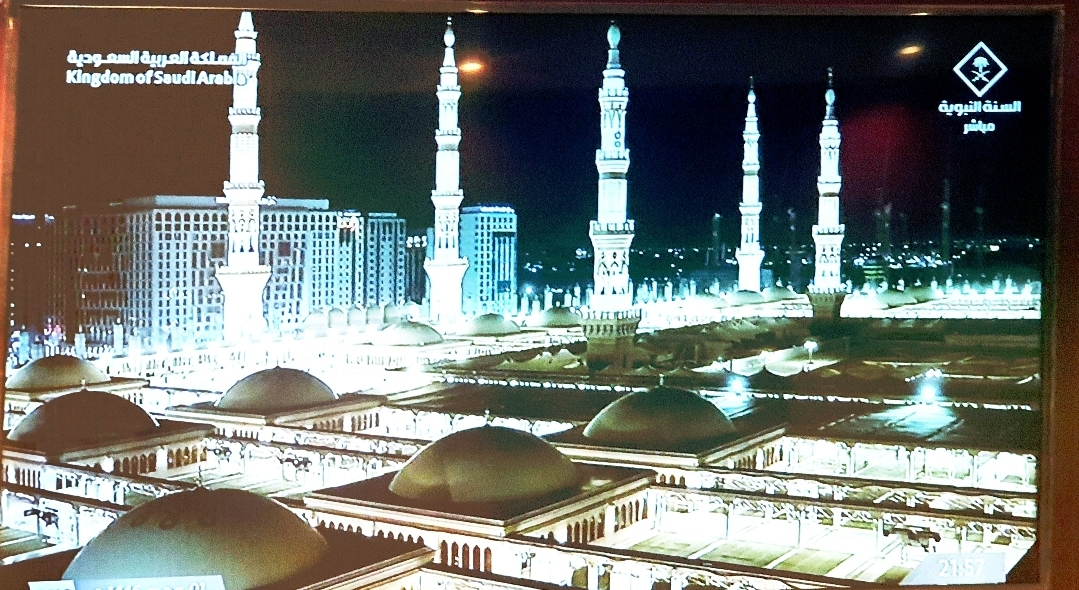Certainly! Let's explore the intriguing history of King Dhu Nawas of Yemen. Here's the outline of the article:
| **Outline** |
|-------------|
| **1. Introduction** |
| **2. Historical Background of Yemen** |
| **3. The Reign of Dhu Nawas** |
| **4. Religion and Beliefs of Dhu Nawas** |
| ** 4.1. Judaism in Yemen** |
| ** 4.2. Influence of Religion on Governance** |
| **5. Dhu Nawas's Relations with Christians** |
| ** 5.1. Reasons for Conflicts** |
| ** 5.2. Persecution of Christians** |
| **6. Wars and Conflicts** |
| ** 6.1. Internal Conflicts** |
| ** 6.2. External Attacks** |
| **7. Fall of Dhu Nawas's Rule** |
| **8. Legacy and Historical Impact** |
| ** 8.1. Cultural Impact** |
| ** 8.2. Religious Impact** |
| **9. Conclusion** |
Now, let's move on to the article itself:
| **Article** |
|-------------|
| **Introduction** |
| Have you ever heard of a king who persecuted others because of his faith? The story of Dhu Nawas, the king of Yemen, is one of those historical tales that continues to captivate many. |
| **Historical Background of Yemen** |
| Yemen, with its ancient history and rich culture, has always been one of the centers of ancient civilizations. Among its many eras, the reign of Dhu Nawas stands out as a particularly eventful and tumultuous period. |
| **The Reign of Dhu Nawas** |
| Dhu Nawas was a king of Yemen in the sixth century AD, known for his religious beliefs and the actions he took that continue to be debated by historians. |
| **Religion and Beliefs of Dhu Nawas** |
| **Judaism in Yemen** |
| At that time, Judaism was one of the dominant religions in Yemen, and Dhu Nawas himself had converted to this faith. |
| **Influence of Religion on Governance** |
| Judaism played a significant role in Dhu Nawas's political and social decisions, leading him to adopt policies that challenged many. |
| **Dhu Nawas's Relations with Christians** |
| **Reasons for Conflicts** |
| One of the main reasons for the conflicts between Dhu Nawas and Christians was the religious and cultural differences that led to their confrontation. |
| **Persecution of Christians** |
| Due to his beliefs, Dhu Nawas persecuted Christians, causing many to flee Yemen in search of safety. |
| **Wars and Conflicts** |
| **Internal Conflicts** |
| During Dhu Nawas's reign, numerous internal conflicts erupted, leading to unrest and instability in Yemen. |
| **External Attacks** |
| In addition to internal strife, Yemen faced external attacks that further weakened Dhu Nawas's rule. |
| **Fall of Dhu Nawas's Rule** |
| Ultimately, Dhu Nawas's rule fell due to both internal and external pressures, marking the end of his kingdom. |
| **Legacy and Historical Impact** |
| **Cultural Impact** |
| The story of Dhu Nawas and his reign left a significant cultural impact on Yemen and the region, which is still evident today. |
| **Religious Impact** |
| Religiously, this period led to many changes and transformations in Yemen, contributing to the formation of a diverse and multicultural society. |
| **Conclusion** |
| The story of Dhu Nawas, a king who took controversial actions due to his beliefs, highlights the complexities of Yemen's historical and cultural landscape. This tale remains an important historical lesson, illustrating how religious beliefs can influence politics and society. |
I hope you find this article engaging and informative!
Certainly! Let's explore the intriguing history of King Dhu Nawas of Yemen. Here's the outline of the article:
| **Outline** |
|-------------|
| **1. Introduction** |
| **2. Historical Background of Yemen** |
| **3. The Reign of Dhu Nawas** |
| **4. Religion and Beliefs of Dhu Nawas** |
| ** 4.1. Judaism in Yemen** |
| ** 4.2. Influence of Religion on Governance** |
| **5. Dhu Nawas's Relations with Christians** |
| ** 5.1. Reasons for Conflicts** |
| ** 5.2. Persecution of Christians** |
| **6. Wars and Conflicts** |
| ** 6.1. Internal Conflicts** |
| ** 6.2. External Attacks** |
| **7. Fall of Dhu Nawas's Rule** |
| **8. Legacy and Historical Impact** |
| ** 8.1. Cultural Impact** |
| ** 8.2. Religious Impact** |
| **9. Conclusion** |
Now, let's move on to the article itself:
| **Article** |
|-------------|
| **Introduction** |
| Have you ever heard of a king who persecuted others because of his faith? The story of Dhu Nawas, the king of Yemen, is one of those historical tales that continues to captivate many. |
| **Historical Background of Yemen** |
| Yemen, with its ancient history and rich culture, has always been one of the centers of ancient civilizations. Among its many eras, the reign of Dhu Nawas stands out as a particularly eventful and tumultuous period. |
| **The Reign of Dhu Nawas** |
| Dhu Nawas was a king of Yemen in the sixth century AD, known for his religious beliefs and the actions he took that continue to be debated by historians. |
| **Religion and Beliefs of Dhu Nawas** |
| **Judaism in Yemen** |
| At that time, Judaism was one of the dominant religions in Yemen, and Dhu Nawas himself had converted to this faith. |
| **Influence of Religion on Governance** |
| Judaism played a significant role in Dhu Nawas's political and social decisions, leading him to adopt policies that challenged many. |
| **Dhu Nawas's Relations with Christians** |
| **Reasons for Conflicts** |
| One of the main reasons for the conflicts between Dhu Nawas and Christians was the religious and cultural differences that led to their confrontation. |
| **Persecution of Christians** |
| Due to his beliefs, Dhu Nawas persecuted Christians, causing many to flee Yemen in search of safety. |
| **Wars and Conflicts** |
| **Internal Conflicts** |
| During Dhu Nawas's reign, numerous internal conflicts erupted, leading to unrest and instability in Yemen. |
| **External Attacks** |
| In addition to internal strife, Yemen faced external attacks that further weakened Dhu Nawas's rule. |
| **Fall of Dhu Nawas's Rule** |
| Ultimately, Dhu Nawas's rule fell due to both internal and external pressures, marking the end of his kingdom. |
| **Legacy and Historical Impact** |
| **Cultural Impact** |
| The story of Dhu Nawas and his reign left a significant cultural impact on Yemen and the region, which is still evident today. |
| **Religious Impact** |
| Religiously, this period led to many changes and transformations in Yemen, contributing to the formation of a diverse and multicultural society. |
| **Conclusion** |
| The story of Dhu Nawas, a king who took controversial actions due to his beliefs, highlights the complexities of Yemen's historical and cultural landscape. This tale remains an important historical lesson, illustrating how religious beliefs can influence politics and society. |
I hope you find this article engaging and informative!








